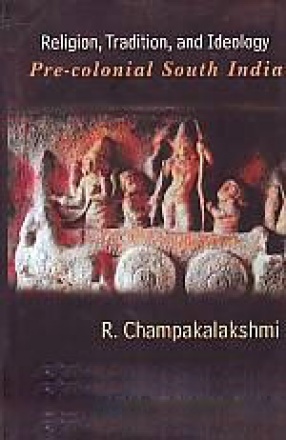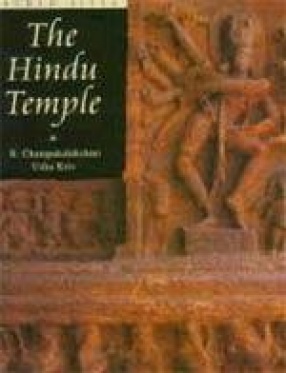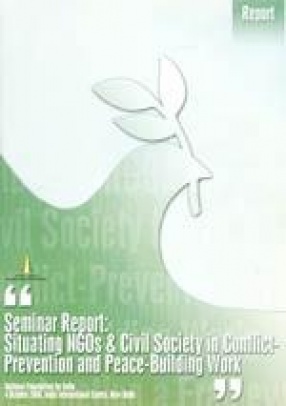The scholarship in this collection spans half a century of engagement with south India by one of its most prominent historians. The essays discuss the origins and development of multiple religious traditions and their role in the evolution of a rich and complex socio-religious matrix in pre-colonial South India.
The emergence of the Brahmanical (Sanskritic) tradition as the dominant or mainstream tradition and the marginalization of the Sramanic religions-Jainism and Buddhism- has rarely been studied in the socio-economic and political context. R. Champakalakshmi debunks the oft-cited simple continuities between the Vedic times and the present day to show how conflicting, even irreconcilable beliefs and practices, were incorporated into the Sanskritic tradition, commonly referred to as Hinduism.
Reflecting a lifetime of research the subject, this thematically united volume presents a nuanced understanding of different aspects of religions-their social base; their role in the evolution of regional and supra-regional states; and the development of religious communities. It highlights the role of the temple as an institution of integration, an ideological apparatus, and as a symbol of political authority. It also focuses on architecture and iconography as a metaphor for power and equation of king and god.







There are no reviews yet.